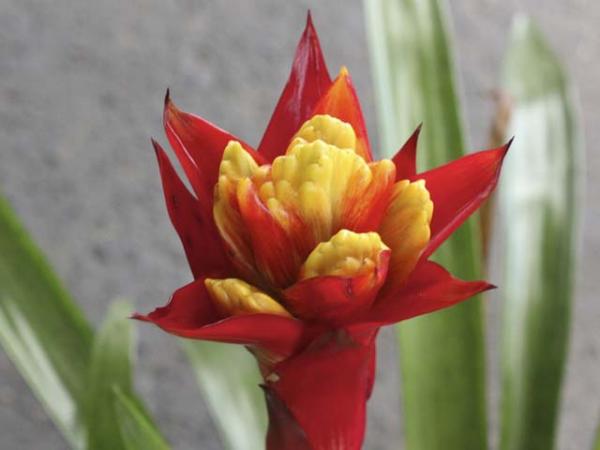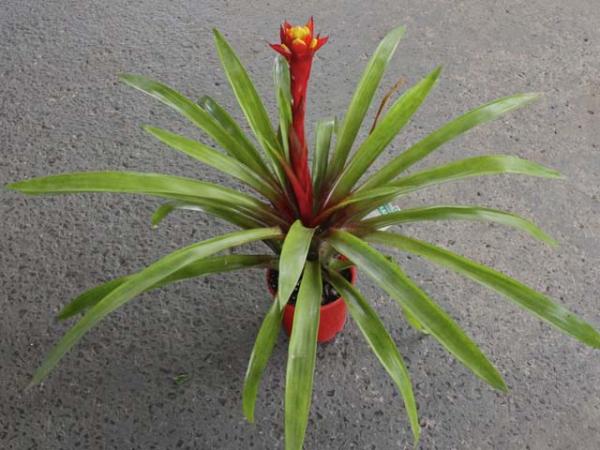Array
(
[0] => Array
(
[id] => 9
[is_published] => 1
[websiteID] => 5
[url] => /landscaping/plants-for-your-garden.php
[page_status] => Published
[number_of_ads] => 2
[can_use_editor] => 1
[last_modified_date] => 2013-09-10 00:00:00
[last_modified_by] => Alan
[checked_for_duplicate_content] =>
[title] => Selecting plants for your garden
[heading] => Selecting plants for your garden
[meta_description] => This article describes how you can best select plants for your garden.
[article_category_1] => Landscaping
[article_category_2] =>
[article_category_3] =>
[article_category_4] =>
[article_category_5] =>
[business_category_1] => Landscaper
[business_category_2] => Nursery
[business_category_3] => Garden Designer
[business_category_4] => Landscape Architect
[business_category_5] =>
[number_of_google_mrecs] => 0
[show_google_ad_bottom_of_page] => 1
[show_get_quotes_top_of_page] => 1
[show_get_quotes_rhs_of_page] => 1
[show_directory_search_widget] => 1
[show_trending_content_widget] => 0
[show_facebook_widget] => 0
[show_further_reading_section] => 1
[show_sponsors_section] => 0
[show_top_article_ad] => 1
)
[1] => Array
(
[id] => 451
[is_published] => 1
[websiteID] => 5
[url] => /gardening/growing-kangaroo-paws.php
[page_status] => Published
[number_of_ads] => 4
[can_use_editor] => 1
[last_modified_date] => 2013-09-16 00:00:00
[last_modified_by] => Alan
[checked_for_duplicate_content] =>
[title] => Growing kangaroo paws (Anigozanthos) in your garden
[heading] => Growing kangaroo paws (Anigozanthos) in your garden
[meta_description] => Learn how to grow kangaroo paws (Anigozanthos) in your garden. Article written by native gardening expert Angus Stewart.
[article_category_1] => Gardening
[article_category_2] =>
[article_category_3] =>
[article_category_4] =>
[article_category_5] =>
[business_category_1] => Landscaper
[business_category_2] => Nursery
[business_category_3] => Garden Designer
[business_category_4] => Landscape Architect
[business_category_5] =>
[number_of_google_mrecs] => 1
[show_google_ad_bottom_of_page] => 1
[show_get_quotes_top_of_page] => 1
[show_get_quotes_rhs_of_page] => 1
[show_directory_search_widget] => 0
[show_trending_content_widget] => 1
[show_facebook_widget] => 1
[show_further_reading_section] => 1
[show_sponsors_section] => 1
[show_top_article_ad] => 1
)
[2] => Array
(
[id] => 462
[is_published] => 1
[websiteID] => 5
[url] => /gardening/plant-finder/search.php
[page_status] => Published
[number_of_ads] => 3
[can_use_editor] => 0
[last_modified_date] => 2013-10-13 00:00:00
[last_modified_by] => Alan
[checked_for_duplicate_content] =>
[title] => Find a plant for your garden or home
[heading] => Find a plant for your garden or home
[meta_description] => Search for plants and flowers visually, by name, flower colour and other attributes. Search for native plants, edible plants and popular exotics such as roses and petunias.
[article_category_1] => Gardening
[article_category_2] => Landscaping
[article_category_3] =>
[article_category_4] =>
[article_category_5] =>
[business_category_1] => Landscaper
[business_category_2] => Garden Maintenance
[business_category_3] =>
[business_category_4] =>
[business_category_5] =>
[number_of_google_mrecs] => 1
[show_google_ad_bottom_of_page] => 1
[show_get_quotes_top_of_page] => 0
[show_get_quotes_rhs_of_page] => 0
[show_directory_search_widget] => 0
[show_trending_content_widget] => 0
[show_facebook_widget] => 0
[show_further_reading_section] => 0
[show_sponsors_section] => 0
[show_top_article_ad] => 0
)
[3] => Array
(
[id] => 203
[is_published] => 1
[websiteID] => 5
[url] => /gardening/native-hibiscus.php
[page_status] => Published
[number_of_ads] => 5
[can_use_editor] => 1
[last_modified_date] => 2013-09-16 00:00:00
[last_modified_by] => Alan
[checked_for_duplicate_content] =>
[title] => Native Australian Hibiscus
[heading] => Native Hibiscus
[meta_description] => An ever increasing interest in native hibiscus has led to the horticultural development of a number of new cultivars which rival the exotic types in beauty and flower size.
[article_category_1] => Gardening
[article_category_2] =>
[article_category_3] =>
[article_category_4] =>
[article_category_5] =>
[business_category_1] => Landscaper
[business_category_2] => Nursery
[business_category_3] => Garden Designer
[business_category_4] => Landscape Architect
[business_category_5] =>
[number_of_google_mrecs] =>
[show_google_ad_bottom_of_page] => 1
[show_get_quotes_top_of_page] => 0
[show_get_quotes_rhs_of_page] => 0
[show_directory_search_widget] => 0
[show_trending_content_widget] => 0
[show_facebook_widget] => 1
[show_further_reading_section] => 1
[show_sponsors_section] => 1
[show_top_article_ad] => 1
)
)
Helpful articles
Selecting plants for your garden. This article describes how you can best select plants for your garden.
Growing kangaroo paws (Anigozanthos) in your garden. Learn how to grow kangaroo paws (Anigozanthos) in your garden. Article written by native gardening expert Angus Stewart.
Find a plant for your garden or home. Search for plants and flowers visually, by name, flower colour and other attributes. Search for native plants, edible plants and popular exotics such as roses and petunias.
Native Hibiscus. An ever increasing interest in native hibiscus has led to the horticultural development of a number of new cultivars which rival the exotic types in beauty and flower size.
Plant description
Guzmania x 'Kapoho Fire' is a hardy epiphytic bromeliad with large, showy bracts of red and yellow. The foliage is glossy green, and grows in a rosette shape.
Guzmania likes a warm, humid climate. They like a part shaded position, the dappled light under trees is an ideal position. Full sun may burn the leaves. Guzmania is epiphytic, which means they don't need soil to grow. They can be tied to bark or trees, with some sphagnum moss in between, grown in pots of orchid compost, or in the garden in a well drained soil. Water into the central cup of the plant, and keep topped up. It is best to use rainwater or distilled water, as tap water may burn the plant. Guzmania don't like boggy soil, which may encourage rotting.
Propagation is from offshoots, which can be removed and planted.
Additional plant information
Flowers
Flower colour: red and yellow
Flowering season: summer
Plant size
Maximum height: 0.5 metres
Minimum height: not specified
Maximum width: 0.3 metres
Minimum width: not specified
Sunlight, frost & salt tolerance
Will tolerate partial sunlight.
Light frost tolerance.
Plant is not salt tolerant.
Fauna attracting?
Yes. Attracts: Frogs.
Climate
This plant species will grow in the following climates: temperate, subtropical, tropical.
Soil types & conditions
Loam: moist, well-drained.
Clay: not specified.
Sand: moist.
Diseases
Fungal rot in boggy soil
Miscellaneous information
Planting season: Any.
Types of fertiliser: not specified.
Find a nursery
Search for another plant


